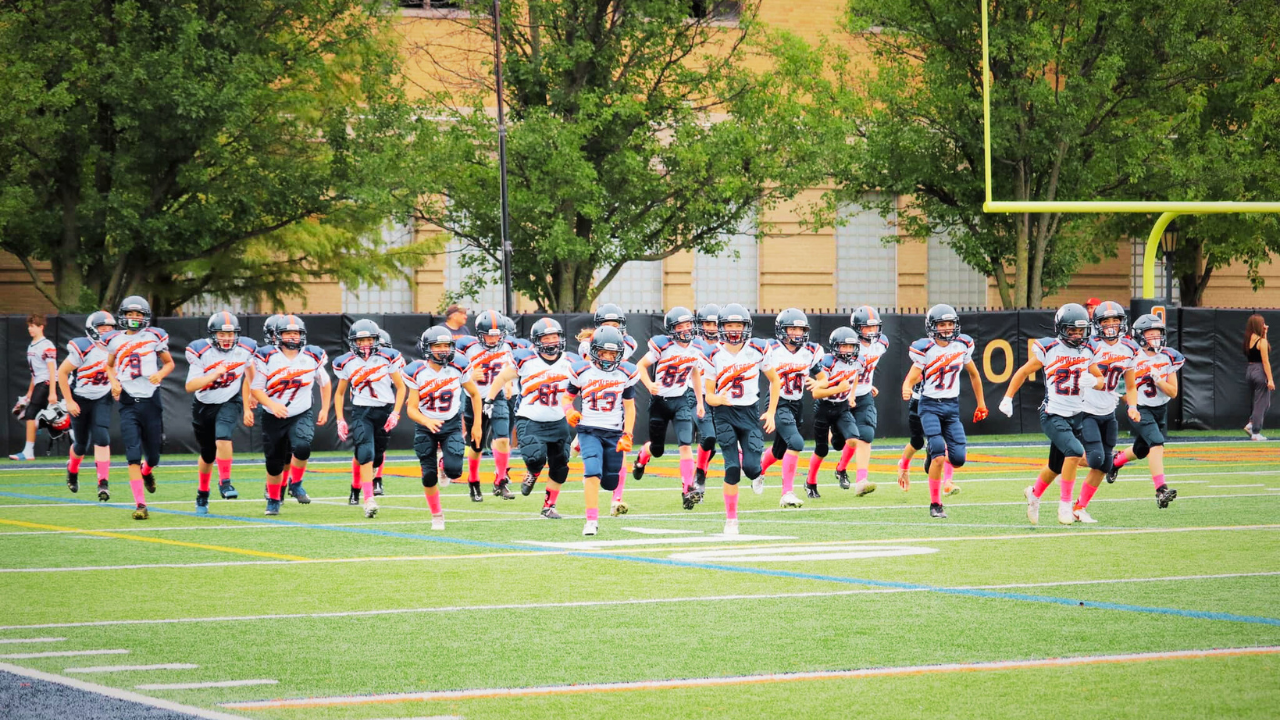Scouting Opponent’s Defense-What to Look For

When you go to break down a future opponent there are a variety of different things that you can look at as you prepare your game plan. Regardless of your style of offense, there are a few basic things that stay consistent as you are evaluating future opponents. We tend to break our opponent breakdown into four main categories: Personnel, Formation Alignment, Tendencies, and Exotics/Motions. Scouting Opponent’s Defense-What to Look For:
Scouting Opponent’s Defense-What to Look For – 4 Elements
First Element
The first element of looking at a future opponent is to evaluate their players. In the end football is a game played by players. As an Offensive Coordinator your goal is to put your players in the best possible situation for success. Sometimes this might mean identifying ways you can get your best player on their worst player and exploit the matchup. Other times it might be determining how you can minimize the weaknesses of your own players. In the end, you want to put your players in a position that they can have success.
Second Element
Once we have evaluated the personnel we move on to how the defense is going to line up to our base formations. We have a variety of different formations that serve to form the base of our offense. Whether your are a Spread team, a Flexbone team, or any other type of offense, you will have at least three or four formations that serve as your base. When evaluating future opponents you want to see how are they going to align to these formations. If you have enough tape, it’s also nice to see what their different answers are. As a general rule the defense will have two to three ways to line up to each different formation. If you know their base, their answers, and why they go to these answers it gives you a chance to stay one step ahead of the defensive coordinator.
Third Element
The third thing we evaluate are the defensive coordinators tendencies. When does he like to blitz. Some coaches prefer to blitz early in the downs while others save it for 3rd or 4th down. There are other coaches who base their tendencies based on where you are at on the field. Sometimes when you cross the 20 they will automatically start to send pressure. The other thing we like to do is pick the top three to four blitzes that the defense will run. There’s no way we can prepare our Offensive Line for all of the potential blitzes that the defense can run in a game. Instead, we want to focus on the three or four blitzes that the defensive coordinator relies on because in crunch time, these are the blitzes that they are going to go back to.
Fourth Element
The final thing we look at when evaluating a defense are motions and exotic formations. These can mean different things to different offenses but as a whole these tend to be where we will add some unique formations or motions for each game. We go through and look at their motion tape. This is a collection of all of the plays they have defended where the offense has gone in motion. Occasionally we will find a motion that gives us an advantage and use it to generate a big play. The other thing we will do is look at exotic formations. For us, this means we want to look at how the defense aligns to Formation Into the Boundary, Empty, Tight Sets, and Unbalanced Formations. Most of the time defenses have a base look that they will use against these exotic formations and looks. As a game planner, this gives you a static target to aim at and a chance to build an explosive play.
See Also: Preparing for a Dominate Opponent
Scouting an opponent is much more of an art than a science. Because different offenses have different thought processes and methods for attacking a defense, it’s impossible to come up with one uniform way of scouting a defense. With that said, you can start with these four categories to evaluate your future opponent in order to put your players in the best possible position to have success.










